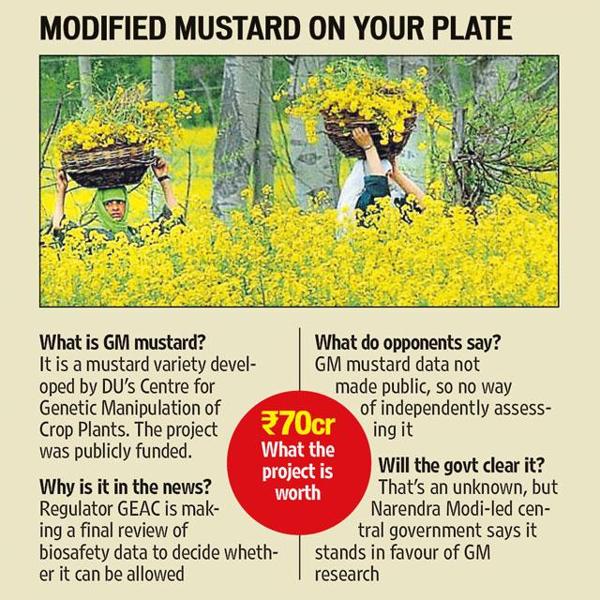The Union Cabinet has approved the amendments to the HIV and AIDS (Prevention and Control) Bill, 2014. This comes after the NDA government in July revived the bill to look into its flaws.
- The Bill was first introduced in Parliament by the UPA government in its last days in 2014 and aimed to make anti-retroviral treatment a legal right of HIV/AIDS patients.
- The HIV and AIDS Bill, 2014 has been drafted to safeguard the rights of people living with HIV and affected by HIV.
Key provisions in the bill:
The provisions of the Bill seek to address HIV-related discrimination, strengthen the existing programme by bringing in legal accountability and establish formal mechanisms for inquiring into complaints and redressing grievances.
Role of governments:
- Under the Bill, central and state governments are obliged to provide for anti-retroviral therapy (ART) and management of opportunistic infections (infections that take advantage of weakness in the immune system and occur frequently).
- The bill also prohibits specific acts of discrimination by the state, or any other person, against HIV-positive people, or those living with such people.
Provisions related to discrimination:
- The Bill lays down penal provisions for any discrimination practised against a person with HIV/AIDS and breach of confidentiality.
- The protection mandated in the Bill extends to the fields of employment, healthcare services, educational services, public facilities, property rights, holding public office, and insurance.
- It also provides for confidentiality of HIV-related information and makes it necessary to get informed consent for undertaking HIV tests, medical treatment and research.
Provisions related to ombudsman:
- The bill also provides for an ombudsman. According to the provisions of the Bill, an ombudsman shall be appointed by each state government to inquire into complaints related to the violation of the Act and the provision of health care services.
- The ombudsman shall submit a report to the state government every six months stating the number and nature of complaints received, the actions taken and orders passed.
Provisions related to guardianship:
- Provisions related to guardianship are also specified. A person between the age of 12 to 18 years who has sufficient maturity in understanding and managing the affairs of his HIV or AIDS affected family shall be competent to act as a guardian of another sibling below 18 years of age.
- The guardianship will apply in matters relating to admission to educational establishments, operating bank accounts, managing property, care and treatment, amongst others.
Role of courts:
- Cases relating to HIV positive persons shall be disposed off by the court on a priority basis.
- In any legal proceeding, if an HIV infected or affected person is a party, the court may pass orders that the proceedings be conducted (a) by suppressing the identity of the person, (b) in camera, and (c) to restrain any person from publishing information that discloses the identity of the applicant.
- When passing any order with regard to a maintenance application filed by an HIV infected or affected person, the court shall take into account the medical expenses incurred by the applicant.
Background:
There are approximately 21 lakh persons estimated to be living with HIV in India and the percentage of patients receiving antiretroviral therapy (ART) treatment currently stands at a mere 25.82% as against the global percentage of 41%, according to the 2015 Global Burden of Diseases (GBD).
Sources: pib.


